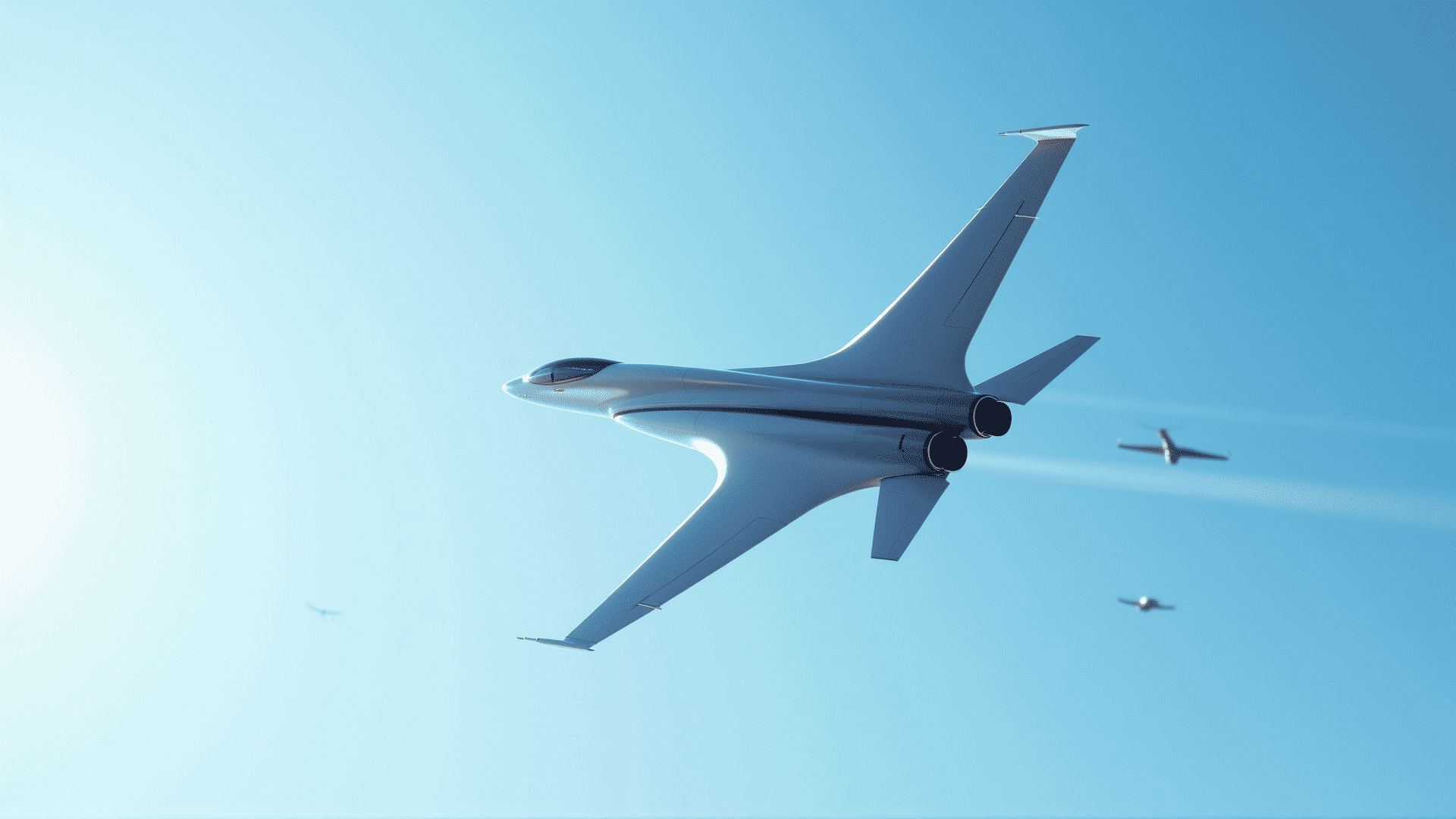In the ever-evolving world of aviation, technological advancements continue to push the boundaries of what is possible, propelling us into a future of more efficient, sustainable, and safer air travel. As we stand on the cusp of numerous groundbreaking innovations, it is essential to explore these advancements that promise to redefine the industry. With the expertise of Aviator Star Navigation guiding us, we delve into the transformative technologies shaping the aircraft of tomorrow.
Hybrid and Electric Propulsion Systems
One of the most promising advancements in aircraft technology is the development of hybrid and electric propulsion systems. These systems aim to significantly reduce the carbon footprint of air travel, addressing environmental concerns and meeting the stringent regulatory demands for emissions reduction. Companies are making significant strides in designing hybrid-electric aircraft that utilize both conventional jet fuel and electric power. These aircraft promise not only to cut down on emissions but also to offer quieter and more efficient flights.
Advanced Materials and Aerodynamics
Innovations in aircraft materials and aerodynamics are also paving the way for lighter and more fuel-efficient airframes. The use of advanced composites and alloys, which are both strong and lightweight, allows for the construction of aircraft that can achieve better fuel efficiency without sacrificing safety or performance. Additionally, the exploration of more aerodynamic designs helps reduce drag and improve fuel economy, allowing aircraft to travel further on less fuel.
Autonomous and AI-Driven Flight Systems
Artificial intelligence and autonomous flight systems are revolutionizing how aircraft are piloted. AI technologies are being integrated into navigation and control systems to assist pilots in making real-time decisions, enhancing both safety and efficiency. Further down the line, fully autonomous flight could become a reality, where advanced sensors and machine learning algorithms could enable aircraft to handle complex flight paths and traffic control without human intervention.
Enhanced Avionics and Connectivity
The cockpit of the future is set to become a hub of advanced avionics and connectivity solutions. Cutting-edge avionics systems increase the precision of navigation, enhance communication with ground control, and ensure better monitoring of aircraft systems. Enhanced connectivity also enables real-time data sharing, which can optimize route planning and improve fuel efficiency. This level of integration ensures that pilots are better equipped with the information needed for safe and efficient flight.
Sustainable Aviation Fuels (SAF)
As the industry hunts for sustainable solutions to mitigate the impact of aviation on the environment, sustainable aviation fuels are becoming a central focus. Derived from renewable sources such as agricultural waste, algae, and other bio-based materials, SAFs offer a promising avenue for reducing carbon emissions. These fuels can be used as drop-in replacements for traditional jet fuels, offering a feasible transition to greener aviation practices.
Supersonic and Hypersonic Travel
Reigniting the quest for speed, companies are working on new concepts for supersonic and even hypersonic travel. The next generation of supersonic aircraft aims to overcome the challenges that grounded previous models, such as noise pollution and high operational costs. Innovations in engine design and materials seek to enable faster-than-sound travel that is commercially viable and environmentally friendly, potentially cutting long-haul flight times by over half.
Conclusion
The aviation industry is poised for an extraordinary transformation as it integrates these advanced technologies. Through the visionary insights of Aviator Star Navigation, we gain a glimpse into a future where aircraft are not only more efficient and sustainable but also smarter and faster. As these innovations progress from design boards to real-world applications, they promise to redefine the very nature of air travel, bringing us closer to a new era of aviation.
